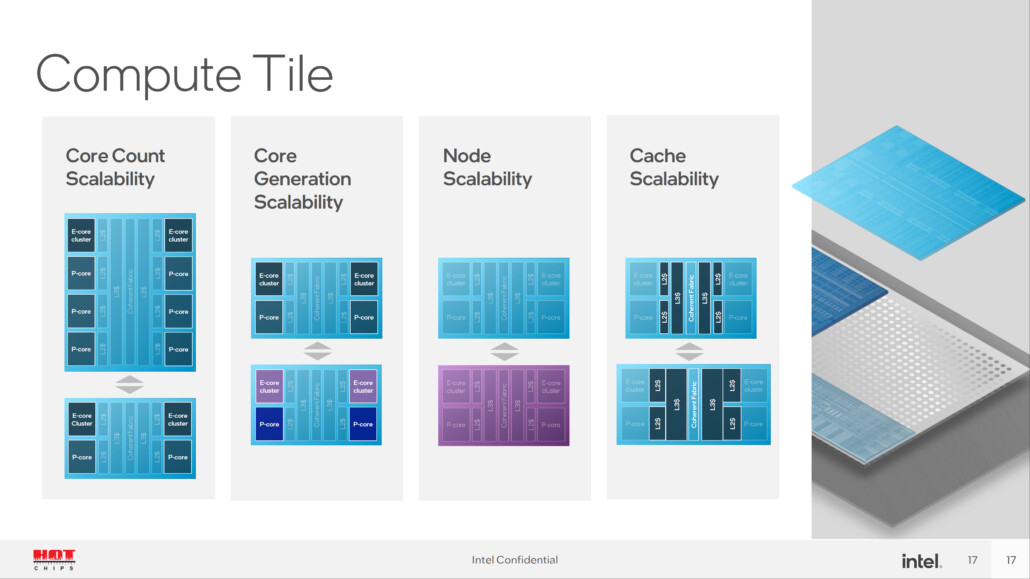Overcoming I225 Ethernet Port Problems with Ventura.
I installed Ventura public beta on my Z690 Aero G following suggestions in earlier posts here. I made sure all the kexts were updated to the latest versions including Lilu 1.6.2, and using OC 0.8.3.
Here's a link to the
Dortania files for OC 0.8.3 and LiLu 1.6.2 if needed.
I immediately had issues with Ventura involving networking:
1) WiFi was running, but I couldn't access my local network or the Internet. I found the current release version of Little Snitch is not compatible with Ventura. I removed Little Snitch and WiFi began working properly.
2) The I225 Ethernet port was not functioning. I found
github and
InsanelyMac postings which offered suggestions on restoring the I225 Ethernet in Ventura.
The solution was to download two files -
SSDT-I225V.aml and
AppleIntelI210Ethernet.kext and install them in the appropriate EFI file folders. Both are provided in the attached Archive.zip file.
Then make the following changes with OpenCore Configurator:
1) Add SSDT-I225.aml to ACPI
View attachment 551120
2) Add the AppleIntelI210Ethernet.kext and set the MinKernel value to 22.0.0 to be used for Ventura only.
View attachment 551121
3) Disable the Ethernet Devices entry in DeviceProperties, if it exists, using # in front of the Devices entry.
View attachment 551123
4) Add e1000=0 to NVRAM boot-args.
View attachment 551124
I have both Monterey 12.5 and Ventura 13.0 installed in the same APFS Container on my SSD, so I boot to either macOS using the same EFI. Both seem to work with this one EFI folder.
I hope this helps others who might have the same issues.
Edit: A USB-C dongle with an Ethernet port will also overcome the Ventura Ethernet issue, but isn't as "clean" as the software solution provided above.


